Worthington Historical Society's Doll Museum offers nostalgic look at toys of yesteryear
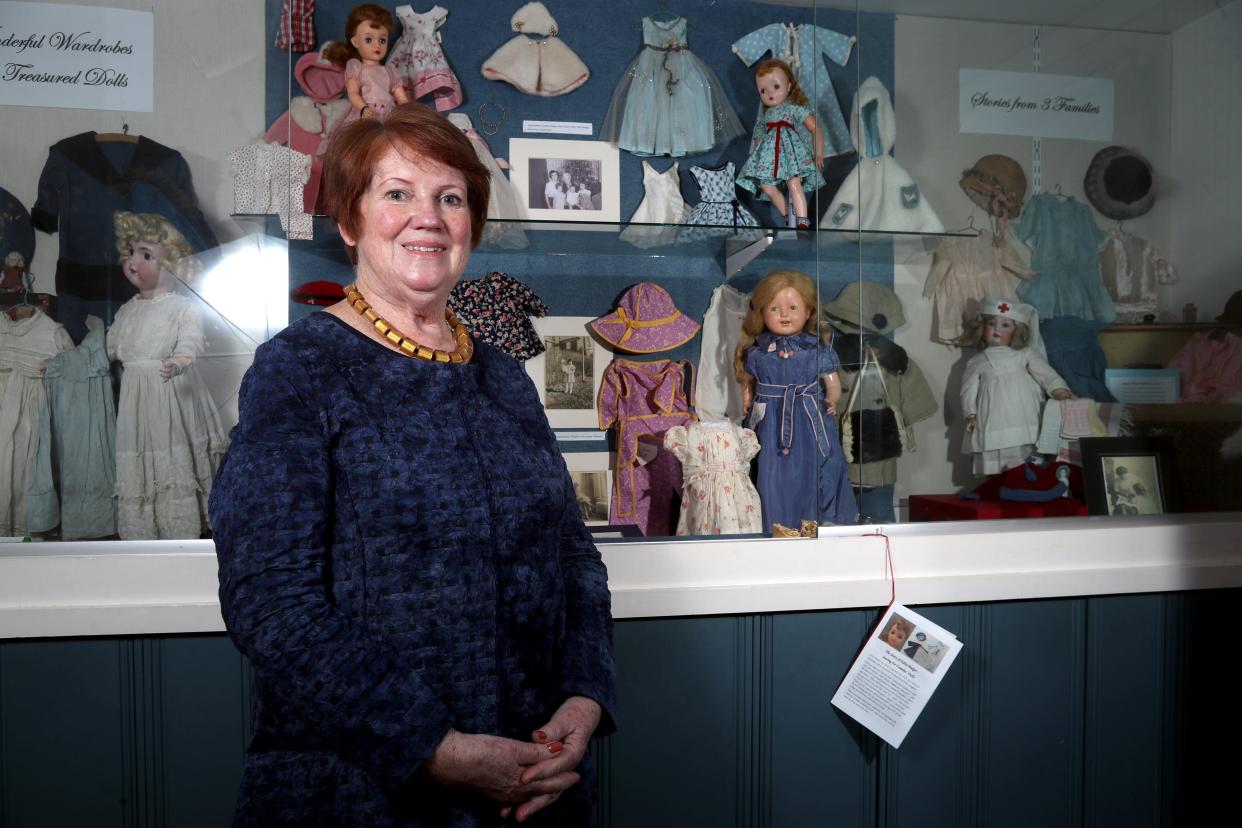
For more than 50 years, the Worthington Historical Society's Doll Museum has provided a colorful window into the history of children’s toys stretching back to the 19th century, according to curator Sue Whitaker.
The museum at 50 W. New England Ave. features an expansive collection of nearly 1,100 antique and collectible dolls, as well as 600 antique and collectible toys and other items that include sewing machines, sail boats, fire engines and circus wagons, Whitaker said.
Enthusiasts, collectors and others once again may visit the museum from 1 to 4 p.m. Wednesdays through Fridays and 10 a.m. to 2 p.m. Saturdays after it reopened for the season Feb. 9. The museum closes in January on an annual basis.
The Doll Museum got its start in 1968 when the family of central Ohio resident Mabel Chandler donated part of her collection.
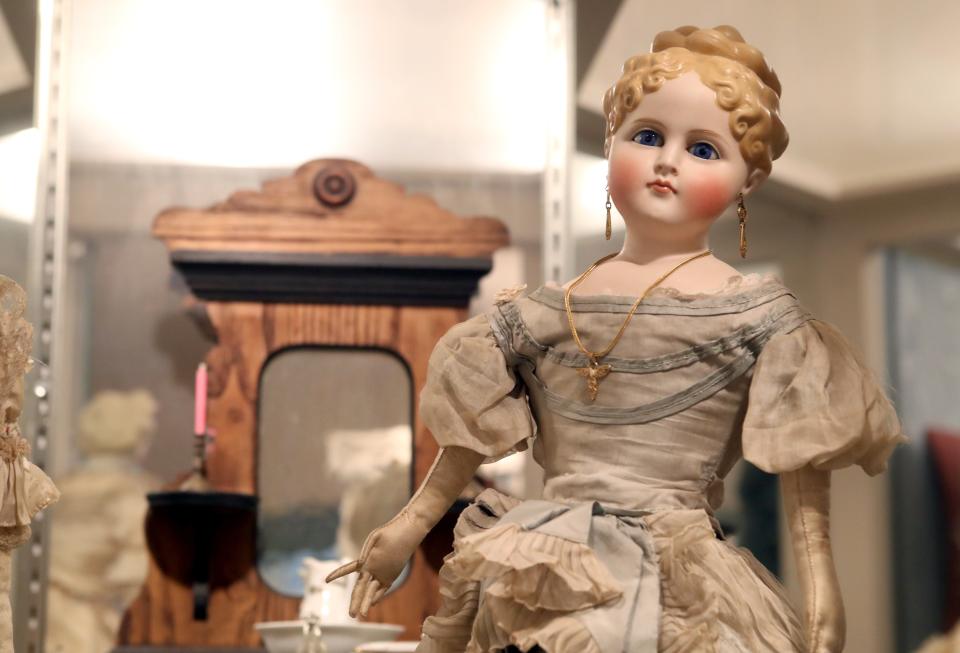
Chandler had purchased her first doll at the Orange Johnson House at 956 High St in Worthington – which now is a museum focusing on the pioneer and Federal periods in Worthington, according to Kate LaLonde, director of the Worthington Historical Society.
That donation forms the nucleus of the Doll Museum’s collection.
“(Chandler) had a really exquisite collection of 19th-century dolls ranging from American-made dolls to German Parian bisque dolls,” LaLonde said. “A lot of her collection is on permanent display in one of the rooms.
“It’s definitely a unique museum. It’s nostalgic for a lot of people."
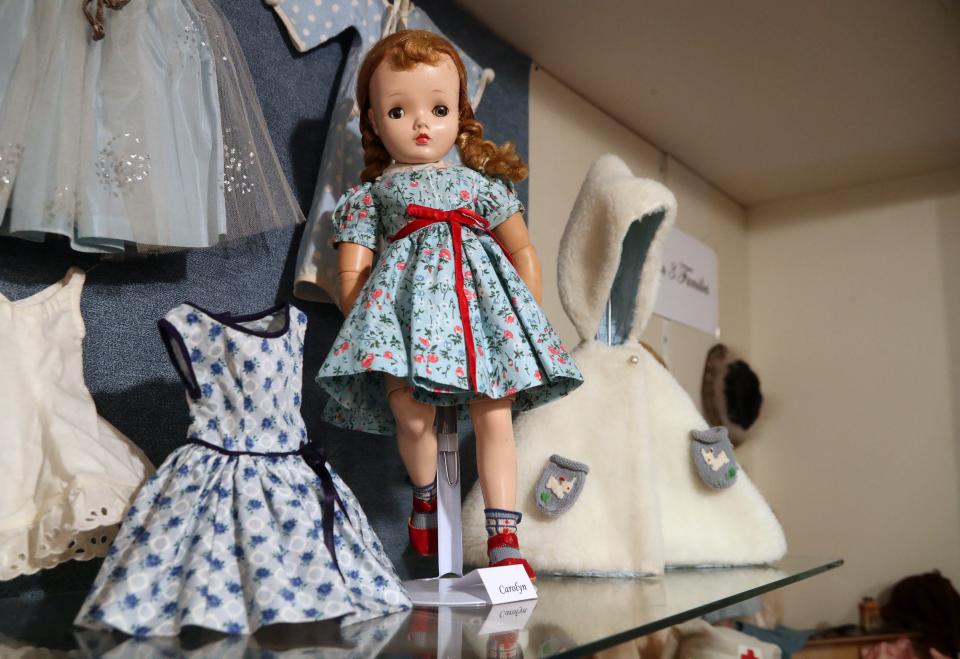
Whitaker said the museum’s extensive collection has a great deal of historical value.
“We aren’t collecting things based on the collector market,” Whitaker said. “We’re collecting things that were used by children in their time period.”
“We collect dolls that were made for play,” LaLonde said. “A lot of people recognize dolls from their childhood and toys from their childhood. And people also appreciate the craftsmanship of these items that were made for children to play with.”
New pieces featured at the Doll Museum include a collection of dolls donated by three families that are displayed in an exhibit called "Wonderful Wardrobes for Treasured Dolls: Stories from Three Families."
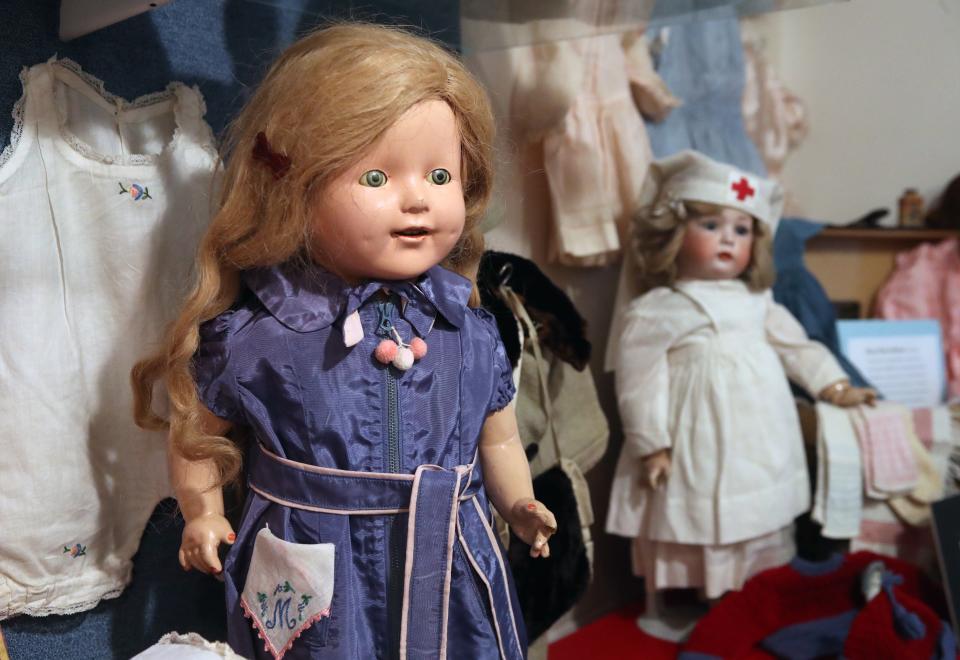
Nancy Parry and Susan Parry donated several pieces to the museum this year that belonged to their mother, Carolyn Badger, and their grandmother, Edna Badger, including a Shirley Temple doll, a Horsman doll, a Madame Alexander doll and a Miss Revlon doll, Whitaker said.
They also donated nearly 100 pieces of doll clothing that was handmade by Edna Badger.
They said the dolls and their accessories mostly sat in storage and were delicate due to their age, and they were happy to donate the pieces so others could appreciate them.
"They sat in a closet and we'd take them out and they were so beautiful," Nancy Parry said. "We were so amazed at the sewing and the intricacy of them, but it just seemed a shame to put them back in the closet all the time.
"So we were so pleased to be able to find a place where it could be enjoyed by people who appreciate dolls and doll clothes and the different eras that people played with them."
“It seemed like it needed to be featured, because it was such an extraordinary group,” Whitaker said.
Paula Sauer donated a K Star R doll that belonged to Sauer’s grandmother, Naomi Graef. Graef had named the doll Margaret, Whitaker said.
Lastly, the family of Mary Ellen Minton, whose uncle Frank Stallman once owned a millinery shop that made women’s clothing and women’s hats on 57 E. Spring St. in Columbus, donated a Handwerck doll, Whitaker said.
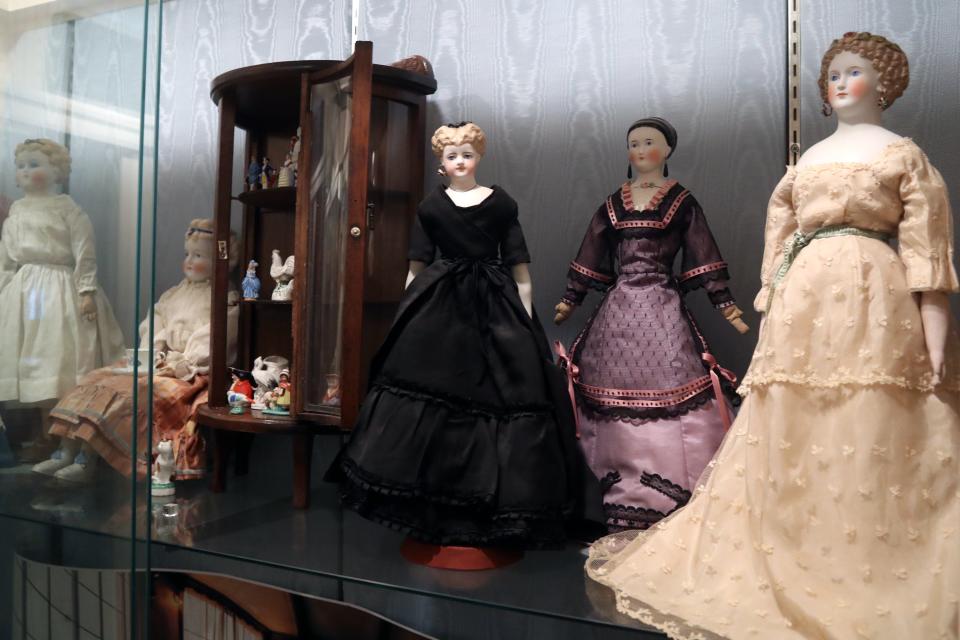
“Although it might seem rather trivial to have a whole museum about dolls, they all have an emotional attachment to people’s childhood,” Whitaker said. “They immediately evoke it.”
Admission to the Doll Museum is $3 for a self-guided tour. Group tours or special group tours for Girl Scouts or children are available for $4 per person and may be scheduled online, according to the museum’s website, worthingtonhistory.org/doll-museum.
sborgna@thisweeknews.com
@ThisWeekSteve
This article originally appeared on ThisWeek: Worthington Historical Society's Doll Museum offers nostalgic look at toys of yesteryear

